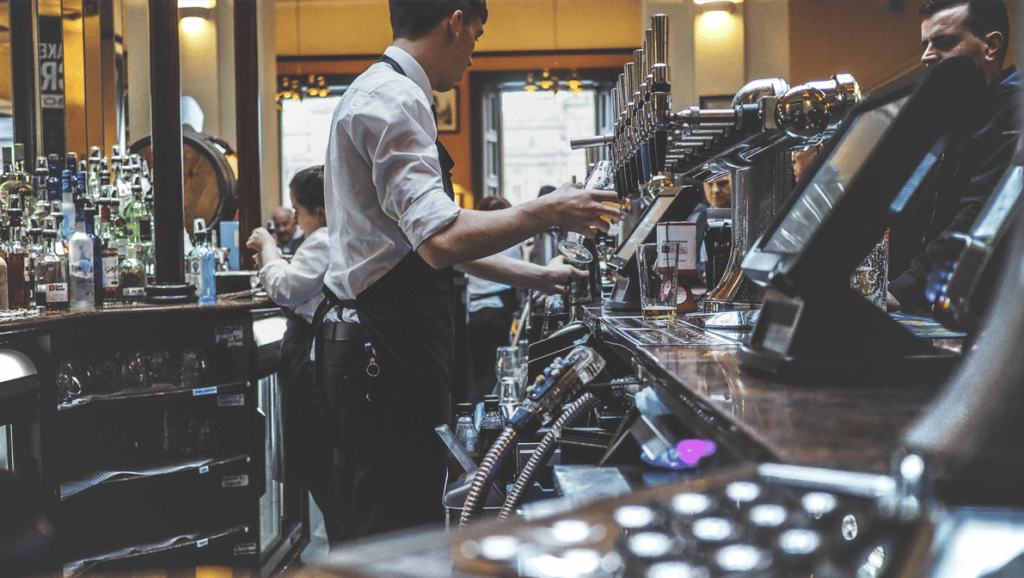Customer data is one of the most valuable tools to help transform your restaurant. With it, you can personalize the dining experience, tweak your menu, improve service, target your marketing, and build loyalty.
The best part is you don’t need to spend hours figuring out what your customers want. The right restaurant software makes it easy to gather and use customer data to your advantage.


